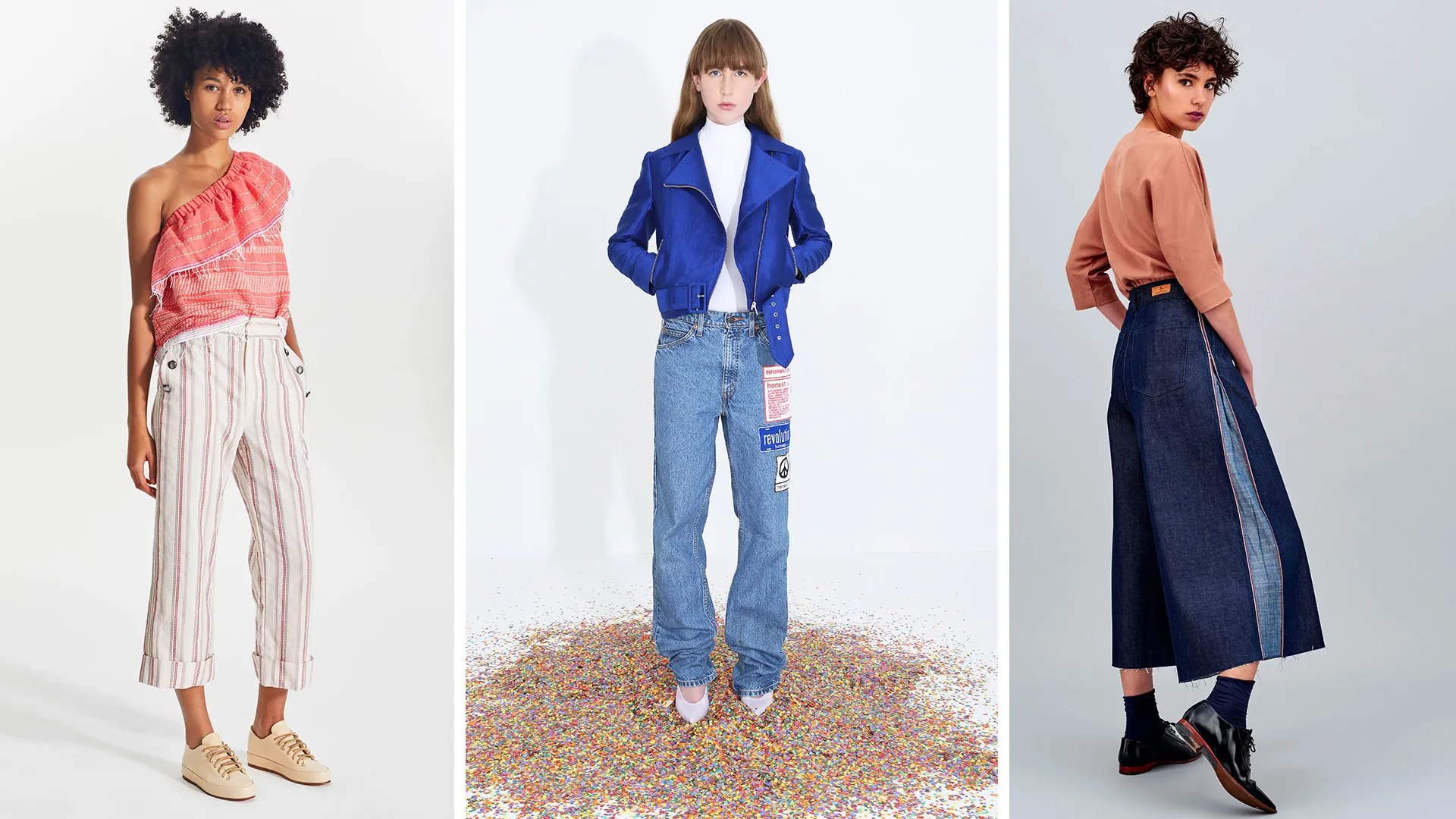Conscious Clothing: Making Fashion Sustainable and Ethical

In recent years, the fashion industry has undergone a significant transformation with the rise of conscious clothing. This movement advocates for sustainability, ethics, and transparency throughout the entire production process, from sourcing materials to manufacturing and distribution. Conscious clothing is more than just a trend; it’s a response to the environmental and social challenges posed by fast fashion.
The Problem with Fast Fashion
Fast fashion, characterized by rapid production cycles and low prices, has led to detrimental consequences for both the environment and workers in the garment industry. The constant demand for new clothing leads to overproduction, resulting in excessive waste and pollution. Additionally, many fast fashion brands outsource production to countries with lax labour laws, where workers are often underpaid and subjected to unsafe working conditions.
Characteristics of Conscious Clothing
Conscious clothing prioritizes sustainability and ethical practices. It involves using environmentally friendly materials such as organic cotton, hemp, and recycled fibres. Furthermore, conscious clothing brands ensure that their production processes minimize waste and reduce carbon emissions. They also prioritize fair labour practices, providing safe working conditions and fair wages to garment workers.
Benefits of Conscious Clothing
The shift towards conscious clothing offers numerous benefits. From an environmental standpoint, it reduces the carbon footprint of the fashion industry by promoting sustainable practices and minimizing waste. Additionally, conscious clothing brands often support local communities and invest in initiatives that benefit society as a whole.
Popular Conscious Clothing Brands
Several brands have emerged as leaders in the conscious clothing movement. Companies like Patagonia, Eileen Fisher, and Stella McCartney are known for their commitment to sustainability and ethics. These brands prioritize transparency and often engage in initiatives such as fair trade and carbon offsetting.
How to Support Conscious Clothing
Consumers play a crucial role in driving the demand for conscious clothing. By choosing to support brands that prioritize sustainability and ethics, individuals can contribute to positive change within the fashion industry. Shopping consciously involves researching brands, reading labels, and asking questions about where and how products are made. Additionally, spreading awareness about the importance of conscious clothing can inspire others to make more informed choices.
Challenges and Solutions
Despite the growing popularity of conscious clothing, there are still challenges to overcome. One major obstacle is the perception that sustainable fashion is expensive and inaccessible. However, as consumer demand increases, more affordable options are becoming available. Additionally, initiatives such as clothing rental services and clothing swaps are making conscious fashion more accessible to a wider audience.
Future Trends in Conscious Clothing
The future of conscious clothing looks promising, with ongoing innovations in sustainable materials and production methods. Companies are exploring alternative materials such as lab-grown leather and mushroom-based textiles. Furthermore, as consumers become more educated about the environmental and social impacts of their purchasing decisions, the demand for conscious clothing is expected to continue growing.
Conclusion
Conscious clothing represents a positive shift towards sustainability and ethics in the fashion industry. By choosing to support brands that prioritize environmental and social responsibility, consumers can contribute to a more sustainable future. As the movement continues to gain momentum, it’s essential to recognize the importance of conscious clothing in creating a more equitable and environmentally friendly world.



Leave a Comment